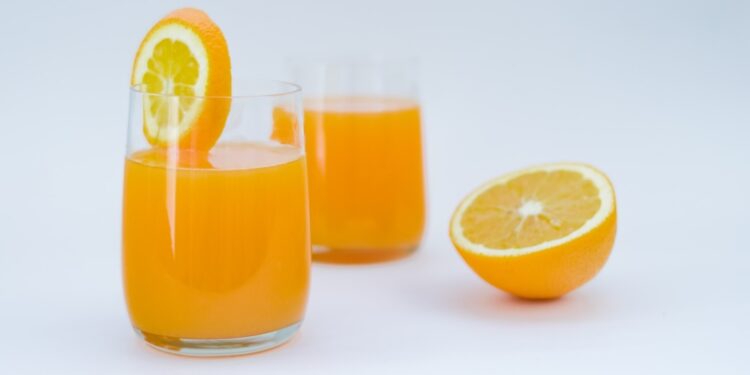
Dry January
According to a not-so-recent poll, the average American admits that they drink 27% more during the holiday season than they do during the rest of the year. Consider a recent survey that says 20% of employees admit to drinking every single day they are off work during the holidays, and it becomes clear that people are over-imbibing.
That’s okay because when the holiday season is over, it’s time to observe Dry January. As the name implies, this month is one during which people are expected to stop drinking alcohol and give their poor, abused livers a chance to recover.
The History of Dry January
Alcohol was invented over 9,000 years ago in China and ancient Egypt. As early as 2,700 B.C., the Babylonians worshiped a wine goddess, and both ancient Greek and Roman civilizations used alcohol frequently.
So it would appear that this beverage has sort of spontaneously started to be created by different societies at different points in time. Even Native American civilizations drank alcoholic beverages in pre-Columbian times. They created a fermented beverage from corn or grapes called “Chicha.”
During the 16th century, “spirits” were commonly used for medicinal purposes, but that began to change over the years. In the 18th century, the British Parliament passed a law that encouraged the use of grain for spirit distillation.
This resulted in cheap alcohol flooding the market, and by the mid-1750s, gin could be found everywhere in Britain. In the 19th century, people began to equate various social ills with the production and consumption of alcohol.
This led to the Temperance Movement, a movement that at first pushed for moderate alcohol use and then eventually pushed for total prohibition against alcohol. In 1920, the U.S. passed a law that prohibited the sale, manufacturing, and export or import of alcohol. That would remain the law of the land until it was repealed in 1933.
Nowadays, over 15 million Americans are estimated to suffer from alcoholism, and over 40% of all car accident deaths can be attributed to alcohol in the United States. This is why people began to ponder a Dry January to raise awareness about the dangers of alcohol and to encourage people to try to quit it — if not entirely, then at least for a month.
The concept of Dry January probably is a lot older than many people realize. It originally began near the end of the 1930s and the beginning of the 1940s. This is a time when Finland introduced a Sober January to assist with the war effort. Other countries also participated in this effort, with alcohol stores being diverted for use by military forces.
In the U.S., Dry January was observed a little bit later. It would eventually become an official event that was introduced at the turn of the 21st century in the U.S. In 2014, the term “Dry January” was registered as a trademark by the charity Alcohol Concern. The year before, this organization had started its official Dry January event, and it has been observed every year since.
Some Important Facts About Alcohol
We just couldn’t pass up the opportunity to list some of the facts we learned about alcohol while we were busy researching Dry January. Let’s roll up our sleeves and take a quick look at them before we move on. We hope that everyone who checks out the following facts will find them quite educational.
- Alcohol is seen as a causal factor in hundreds of different injuries and disease conditions.
- Every year, over 3 million deaths can be attributed to the use of alcohol. That’s over 5% of all deaths.
- In people between the ages of 20 and 39 years, alcohol accounts for over 13% of all deaths.
- In a 2019 study, over 85% of people aged 18 and older reported that they drank alcohol at some point in their lives.
- Between 2006 and 2014, the rate of all alcohol-related emergency room visits increased by 47%.
- Alcohol contributes to over 18% of all emergency room visits.
- Alcohol abuse costs the U.S. economy more than $250 billion annually.
Observing Dry January
During this month, everyone is encouraged to put the cork back in the bottle and avoid drinking alcohol. For many people, observing January 1st as the beginning of Dry January probably isn’t too big of a problem due to them drinking too much the night before.
A month-long break from alcohol will not only make a person feel better but may also lead to a change in drinking habits over the course of the next year. At least, that’s what the organizers of this event and holiday hope.
People are also encouraged to spread the word about this holiday using the hashtag #DryJanuary. What can people drink in place of alcohol during this month? Well, the options are almost limitless.
There’s milk, water, fruit juices, sodas, sports drinks, and even instant drink mixes. With that being said, we hope that everyone enjoys Dry January and enjoys this month in style.








